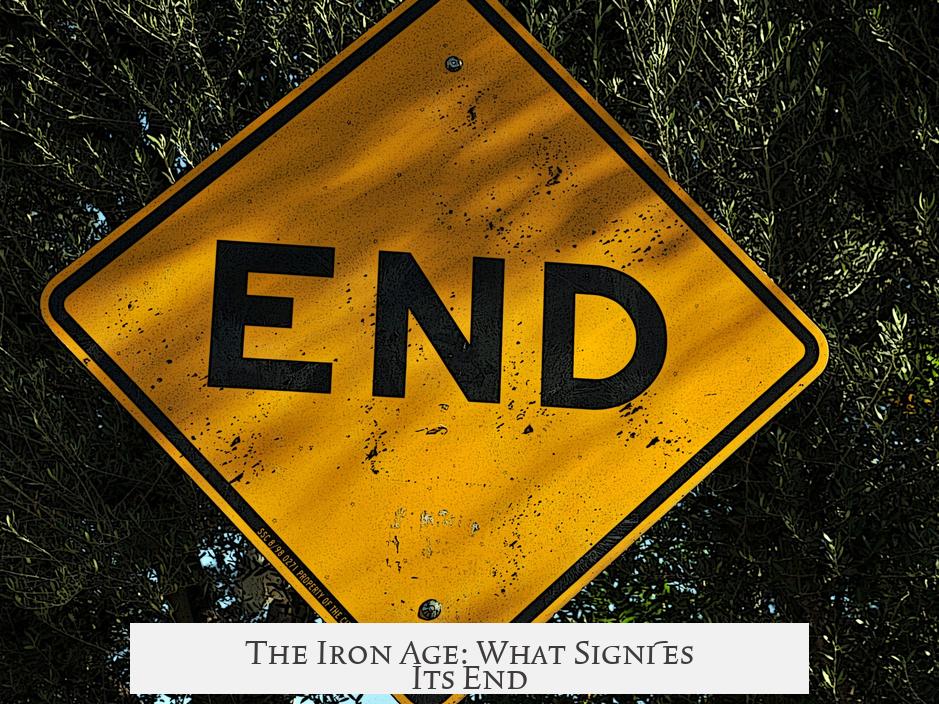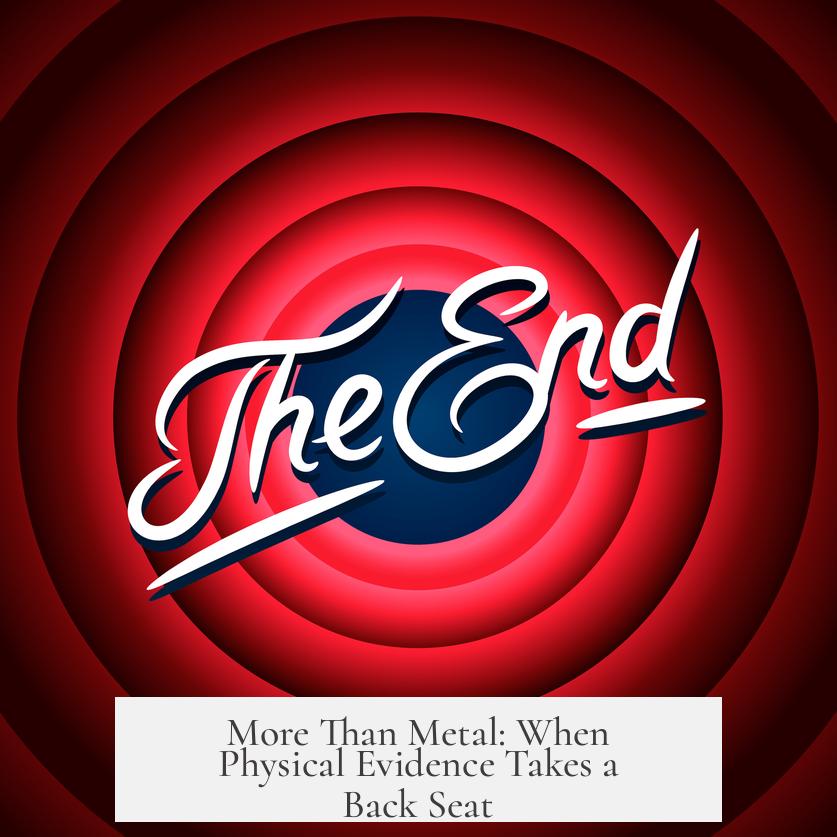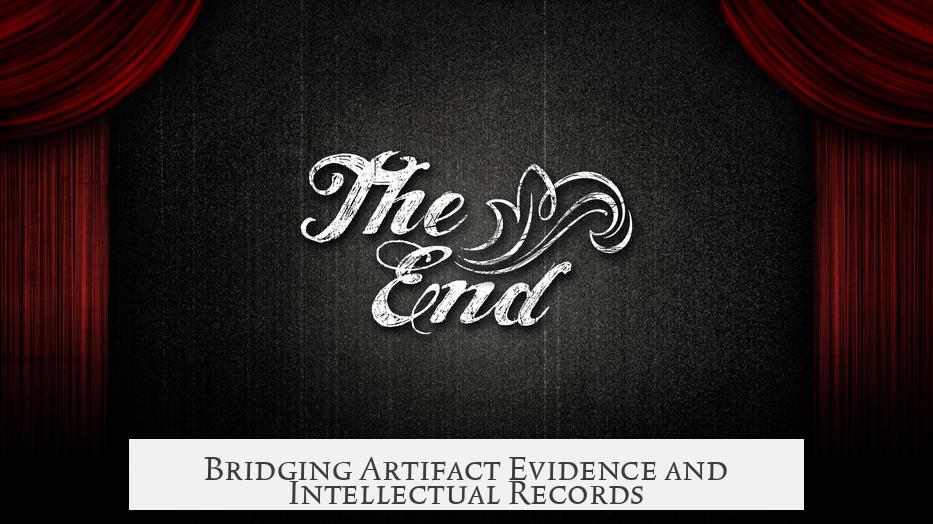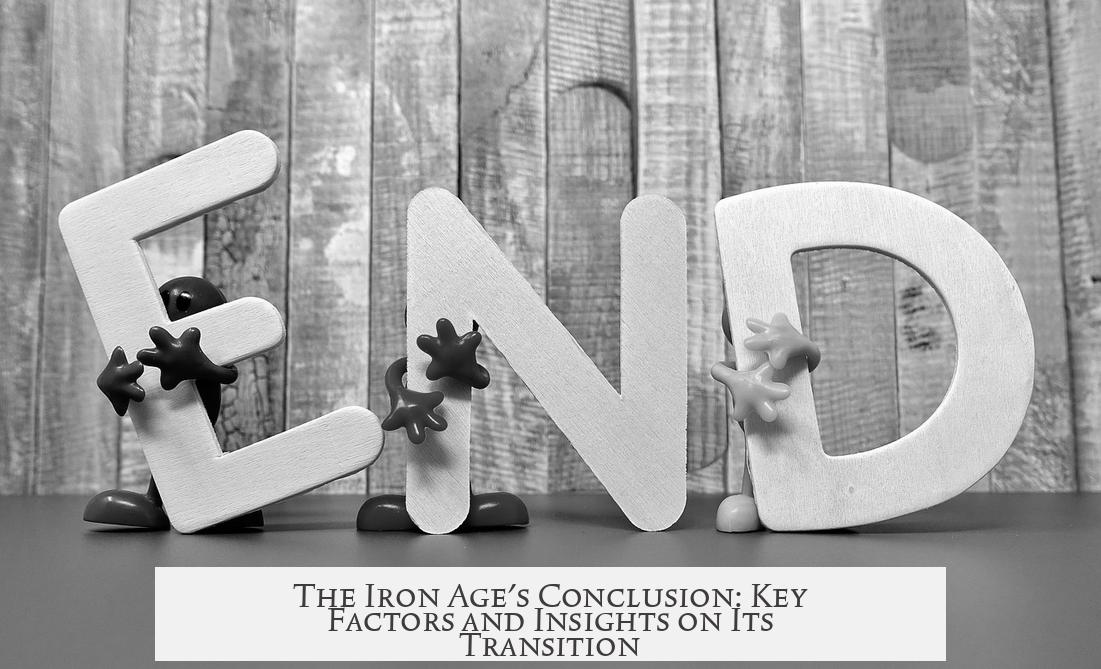The Iron Age ends when societies begin to produce non-physical evidence, such as writing and complex records, marking a shift from artifact-based study to intellectual evidence.
The Iron Age forms part of the three-age system, which also includes the Stone Age and the Bronze Age. This system classifies historical periods based on the dominant materials used for tools and artifacts. Archaeologists analyze these artifacts to understand past civilizations.
However, the Iron Age’s end is defined not by a sudden technological change but by a fundamental shift in the type of evidence available. After the Iron Age, physical artifacts like iron tools become less central. Instead, intellectual artifacts such as writing, documentation, and organized records emerge.
This shift reflects the evolution of civilizations. Societies that move beyond the Iron Age develop advanced communication and administrative systems. Writing systems allow them to record history, laws, commerce, and culture, which creates new forms of evidence for historians and archaeologists.
Therefore, the conclusion of the Iron Age aligns with the rise of literate societies. These communities leave behind written texts rather than just tools or weapons. This marks a transition from primitive artifact-based knowledge toward complex historical records.
In summary:
- The Iron Age is part of the three-age system, defined by artifact material.
- Its end is signaled by the disappearance of primarily physical evidence.
- The rise of writing and intellectual documentation marks this transition.
- Advanced civilizations develop sufficient complexity to produce written records.
- Writers and records replace artifacts as the main source of historical information.
The Iron Age: What Signifies Its End?

So, what marks the end of the Iron Age? In simple terms, it’s not about a giant curtain dropping or a heroic battle winning. Instead, the conclusion of the Iron Age is signified by a noticeable change in the type of evidence left behind, shifting from tangible artifacts to intellectual and abstract records like writing.
Let’s unfold this intriguing story piece by piece.
The Three-Age System: A Quick Refresher
First off, the Iron Age isn’t a solo act. It stars in what historians call the Three-Age System, which classifies ancient times into three main phases: the Stone Age, the Bronze Age, and the Iron Age. This system helps us track human progress by studying artifacts—tools, weapons, and other physical remnants left behind by old civilizations.
Imagine it as ancient detective work. The Stone Age, as the name implies, focuses on tools made primarily of stone. Bronze Age artifacts, crafted from a metal blend of copper and tin, show us when metallurgy got fancier. Enter the Iron Age with, of course, iron weapons and tools becoming the star players on the archaeological stage.
But here’s the twist: the Three-Age System largely depends on physical evidence. Once that starts to change, so does the way we mark historical periods. This clues us into the end of the Iron Age.
More Than Metal: When Physical Evidence Takes a Back Seat

So, you might ask, why does the Iron Age end? It’s not because people suddenly stopped using iron. Iron tools and weapons linger for centuries. Instead, the real cutoff is when the archaeological record shifts. After the Iron Age, evidence becomes less about things you can hold or touch and more about intellectual footprints like writing, art, and abstract cultural developments.
Here’s a fact that’s both cool and important: the ages are named based on the type of evidence we find. When physical artifacts (tools, pottery, weapons) were dominant, we categorized those periods accordingly. But when societies began leaving written records, a new chapter in human history opened. This marks the practical end of the Iron Age timeline.
Writing: The Intellectual Leap That Ends an Age
Writing is the ultimate game-changer here. Once people start to write, historians and archaeologists see a profound shift. Civilization moves beyond basic survival and tool-making to documenting laws, stories, accounting, and more. This newfound intellectual evidence means the culture has entered a stage of complexity that the Three-Age System can’t neatly capture anymore.
Think about it: without writing, we depend on physical clues. But with writing, we gain insights that artifacts alone can’t provide. Letters, legal codes, religious texts—they open a window into the people’s thoughts, beliefs, and social structures.
Thus, the Iron Age ends not with a bang but with a written word. When we find written records, it signals the emergence of advanced civilization, marking a new era.
Bridging Artifact Evidence and Intellectual Records

Understanding the end of the Iron Age requires balancing two types of evidence:
- Physical Artifacts: Iron tools, weapons, domestic items that show technological progress.
- Intellectual Evidence: Writing, inscriptions, formalized language beautiful in its complexity.
The crucial moment happens when intellectual evidence starts dominating. This transition varies by region. For example, some cultures developed writing systems earlier, so their Iron Age ended sooner. Others entered the ‘post-Iron Age’ stage later as they began recording their histories and customs.
What Can We Learn From This Shift?
This perspective gives us more than a timeline. It teaches us how human communication shapes historical eras. The Iron Age’s end isn’t written in stone but encoded in scripts and tablets.
It also explains why the Three-Age System is now considered somewhat outdated. It’s a handy framework for much of prehistory but falls short in periods where intellectual achievements define the culture.
So, why does this matter? For anyone curious about history’s flow, the end of the Iron Age signals a broader change in human society—technology isn’t just about physical tools anymore but expanding minds and documentation.
Let’s Wrap It Up: The Iron Age’s Quiet Exit
The Iron Age ends when the evidence for human civilization shifts from physical iron tools to intellectual records like writing. This significant change marks humanity’s step into more advanced and abstract realms of culture.
So next time you see a rusty old sword in a museum, remember: it tells a story of a time when metal ruled. But beyond those swords lies the turning point toward scribbled scrolls and recorded tales—a quiet but mighty way to close an age and start a new one.
When do you think the shift from artifact to idea became more important in your life? That’s a question worth pondering, because history teaches us that progress isn’t just in what we make, but what we record.



